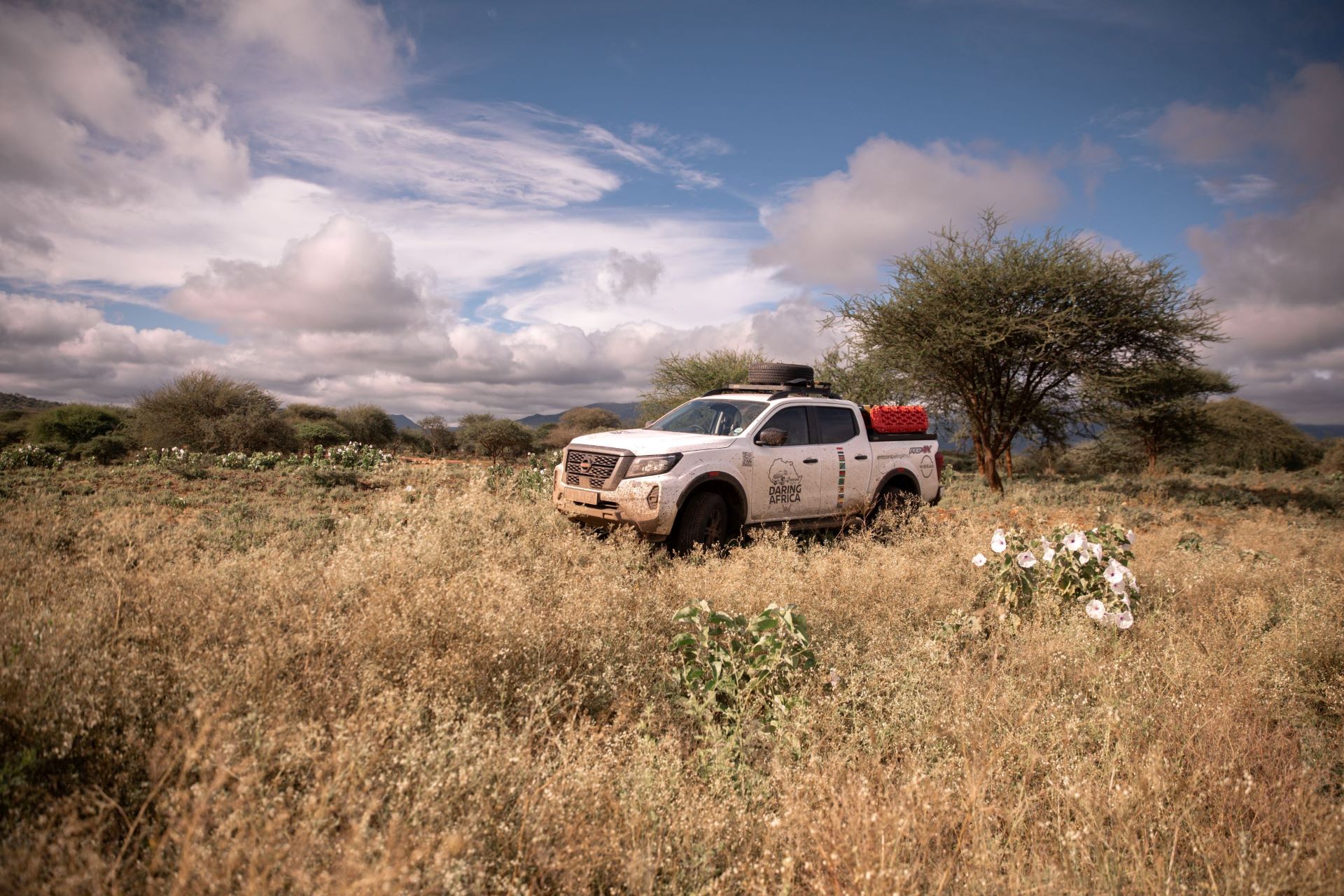- More than 750 species, represented by around 1 450 individuals, collected
- Very rare snail specimen, last recorded in 1800, and rare fish species found
- Toyota Enviro Outreach project commended by Government
The alien invasion of the Western Cape came under the close scrutiny of scientists from universities and institutions around South Africa when the fourth annual Toyota Enviro Outreach project moved into the Klipbokkop Mountain Reserve area close to Worcester where the fynbos kingdom merges with the little Karoo.
The 12-day expedition from April 15 to 27 by botanists, zoologists, entomologists and taxonomists from the universities of Johannesburg and Stellenbosch, the KwaZulu-Natal and East London Museums and the South African National Biodiversity Institute at Kirstenbosch was another vital step in the mission by the international Barcode of Life (iBOL) project, the biggest biodiversity genomics initiative ever undertaken, to safeguard our natural wealth and reduce biodiversity loss by creating a digital identification system for life on Earth.
South Africa is currently facing one of the largest problems with invasive plant species in the world, with the Fynbos Biome being a particularly vulnerable vegetation type in South Africa. The fynbos kingdom, unique to the Western Cape, is the smallest floral kingdom in the world, yet it is the most richly endowed with plant species.
This latest Toyota Enviro Outreach project was aimed at the accurate identification of invasive alien species and to facilitate the planning of the eradication, containment and management efforts of these before they spread, as well as to help in the prevention of the introduction of these species into countries where they may potentially invade.
The search area included the Klipbokkop Mountain Reserve and other montane reserves as well as coastal reserves in the Hermanus and RooiEls/Kogel Bay areas. The specimens collected by the Enviro Outreach team and their DNA barcodes will be available on the Barcode of Life Data Base (BOLD) and enable rapid identification of invasive species in South Africa.
Head of the African Centre for DNA Barcoding and professor of botany and plant biotechnology at the University of Johannesburg, Michelle van der Bank, was delighted with the outcome of the exercise. “While lots of invasive plant species were collected, including several species of Acacia and Hakea invading from Australia, other charismatic fynbos species were also sampled,” she commented.
“It was surprising how many native species were encountered in flower, as autumn is not the main flowering season in the Cape. Notable were the bulbous Amaryllis, Brunsvigia and Nerine species. Also prominent were the Oxalis species, often hiding in the shade of nearby shrubs, and a diversity of Erica species.
“After finding half a dozen lilies and as many lily boring weevil species, the insect and plant team had the amazing luck to find one weevil actually in association with a lily. For the first time we can at least record this association.”
“This discovery illustrates just how profitable it is to have joint expeditions with different biological disciplines, who are able to work together to achieve a common goal,” commented Prof Erik Holm, South Africa’s world renowned authority on insects, who accompanied the expedition.
A total of more than 750 species represented by approximately 1 450 individuals was collected during the Toyota Enviro Outreach 2012 including 450 species of plants, 25 species of molluscs, 32 species of fresh and sea water fish and 250 species of insects.
The snail group, which included Dr Dai Herbert of the KwaZulu-Natal Museum in Pietermaritzburg, obtained excellent material for the museum’s collection, including species that were not previously represented in their collection. In Bainskloof they found a very rare and poorly known species (ulbaghiniaisomerioides), which was last recorded in 1800.
This very special find seems to be confined to the mountains in the region between Wellington, Ceres and the Grootwinterhoek area and belongs to a family of snails, the Dorcasiidae, that is endemic to south-western Africa. Most of the species live near the coast and some are capable of living in near desert environments, but this one is unusual in that it occurs in montane fynbos.
The fish group, which included Zambian Dr Monica Mwale, a world authority on coastal estuary fish from the Institute of Aquatic Biodiversity at the University of Johannesburg, was excited to identify and collect 10 different species of klip fish out of the known 40 or so species in tidal pools along the coastline. A rare find was a species of sea barbel in Kogel Bay not known to be frequent in this area.
The core funding for this barcoding programme in South Africa comes from the Working for Water programme. Dr Guy Preston, Deputy Director-General for Environmental Programmes in the Department of Environmental Affairs, commended the work, saying that the ability to identify species with certainty and great speed will be critical in our efforts to control invasive alien species, and vital to prevent known invasive species being brought into the country.
“What is more, this global effort will enable other countries to ensure that our species can be detected before becoming invasive risks in their own countries. What makes the work particularly satisfying is the manner in which the team has taken advantage of the opportunity to create work opportunities for unemployed graduates,” said Dr Preston.
“This response to the call by the Minister of Water and Environmental Affairs, Minister Edna Molewa, to utilise such opportunities to optimal effect has seen many young scientists being groomed by these specialists – a real win-win success story.”
Ferdi de Vos, General Manager of Internal Communications, Environment and Motorsport at Toyota, said Toyota was proud to be associated with the international Barcode of Life project through the Enviro Outreach programme, and to be able to provide the scientists with 4×4 vehicles to reach their often remote destinations. “It allows us to make a meaningful contribution towards the sustainability and conservation of our vast biodiversity, which is in line with Toyota’s core values of respect for the environment and sustainable mobility.”




